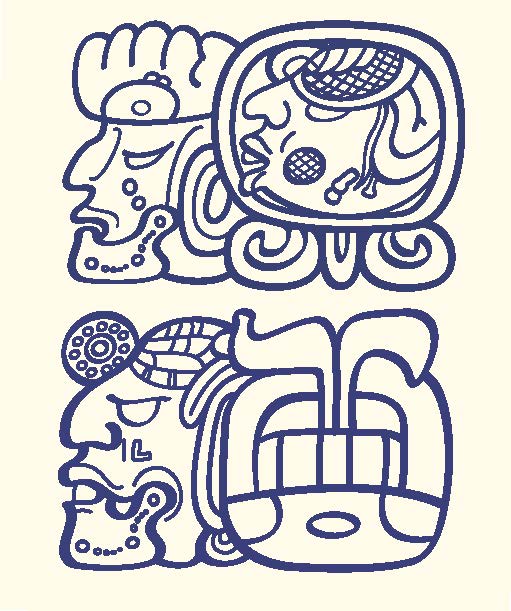
12 Ahaw 13 Pax (February 7, 2023)
Tzeltal and Tzotzil Transcriptions: Continuing the Revitalization of Maya writing in Chiapas
Students in the workshop compose the name Tzajal in colorful glyphs
We are happy to report that there have been preliminary motions to finally hold the Fifth International Congreso on Ojer Maya Tz’ib’ sometime this summer in mid-July, possibly in Chiapas, Mexico. The planning committees have begun to make their initial proposals, though much remains to be solidified and the details are pending. We will be sure to let you all know when the dates and place is established, but we are very excited to be able to help support this next Congreso, which has been postponed since 2020, and it has now been a full five years since the last Congreso!
Speaking of Chiapas, this month we hear back from our longtime friend, Martín Gómez Ramírez, about his work with Tzeltal and Tzotzil students in Rincon Chamula San Pedro, and Ocosingo, Chiapas. Martín has taught many workshops throughout the years, as well as having composed poetry in the Ojer Maya Tz’ib. As we have published in the past, he has likewise successfully published analyses of the name of Oxchuc in the book, El verdadero significado de Oxchuc en glifos de la cultura maya. We are pleased to share with you Martín’s report on his recent work.
Please stay tuned to hear more about the upcoming plans for this year’s historic Congreso. As always, thank you all for your ongoing support and encouragement.
Jocolawal,
Michael J. Grofe, President
MAM
REPORT FROM THE CONTEMPORARY TS’IB
HIEROGLYPHIC WRITING WORKSHOP
Martín Gomez Ramirez, Facilitator
Mtro. Jorge Neftali Vazquez Marcilla, Assistant
Secretary of Campus Academies
4 Manik 0 Mak
November 26, 2022, Abasolo, Ocosingo, Chiapas, México
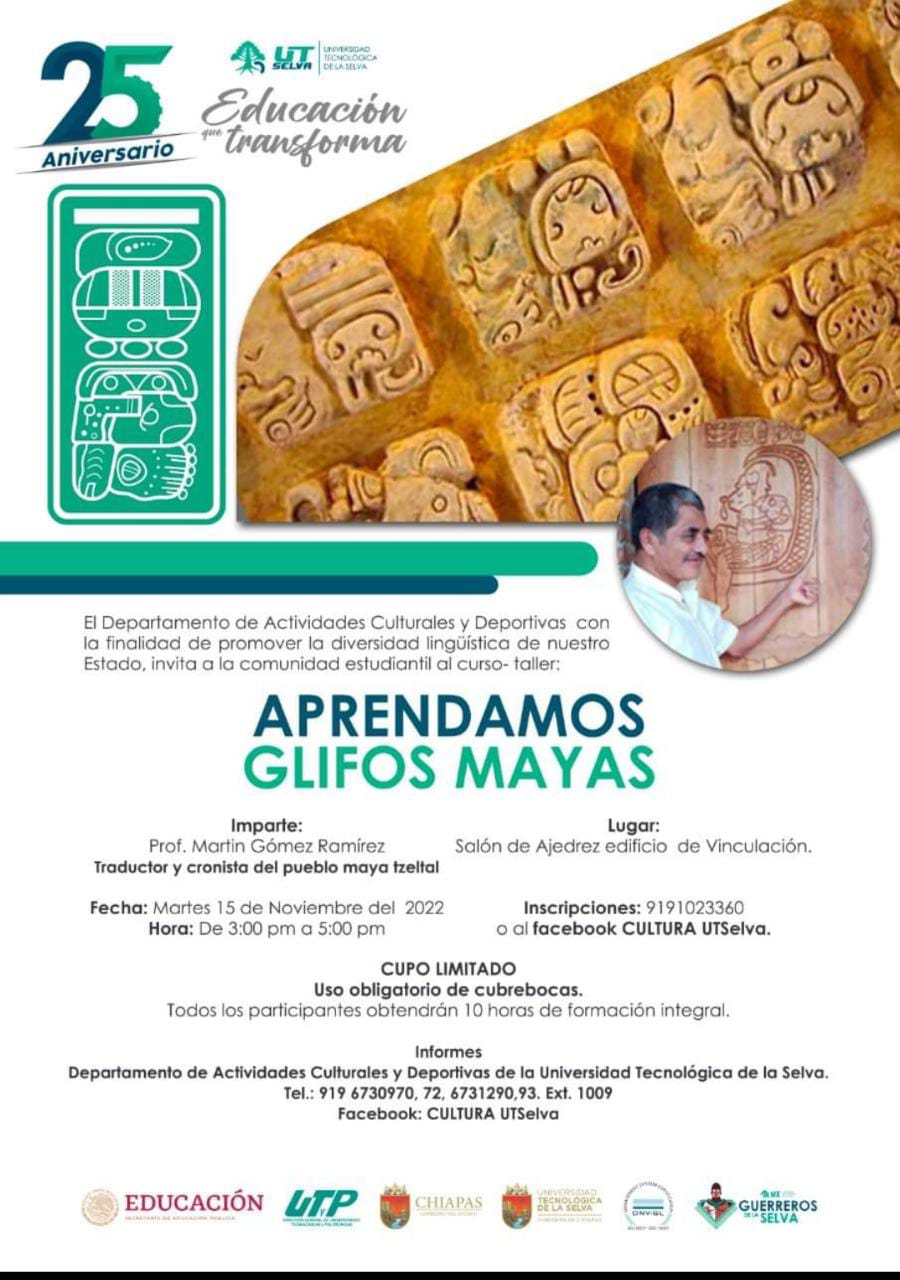
Promotional poster of the course-workshop
with the inclusion of the glyph “25 years UTSelva”
On October 21, 2022, thanks to the Centro Estatal de Lenguas, Artes y Literatura Indígenas (CELALI), within the framework of the XXXII Maya Zoque Chiapaneca Festival, (which provided food, transportation, and lodging) a Ts’ib Workshop on Contemporary Maya Epigraphy was given to Tzotzil Mayan students of the Colegio de Bachilleres de Chiapas Campus 141, Rincón Chamula San Pedro, Chiapas, on the border between Tzotzil and Zoque in northern Chiapas. The distance I traveled was 210 km (130.5 miles) from my place of origin between Abasolo, Ocosingo and Rincón Chamula San Pedro, Chiapas. After the previous conference, another course-workshop “Let’s Learn Mayan Glyphs” was given on November 15,2022, at the Universidad Tecnológica de la Selva, Ocosingo, Chiapas.
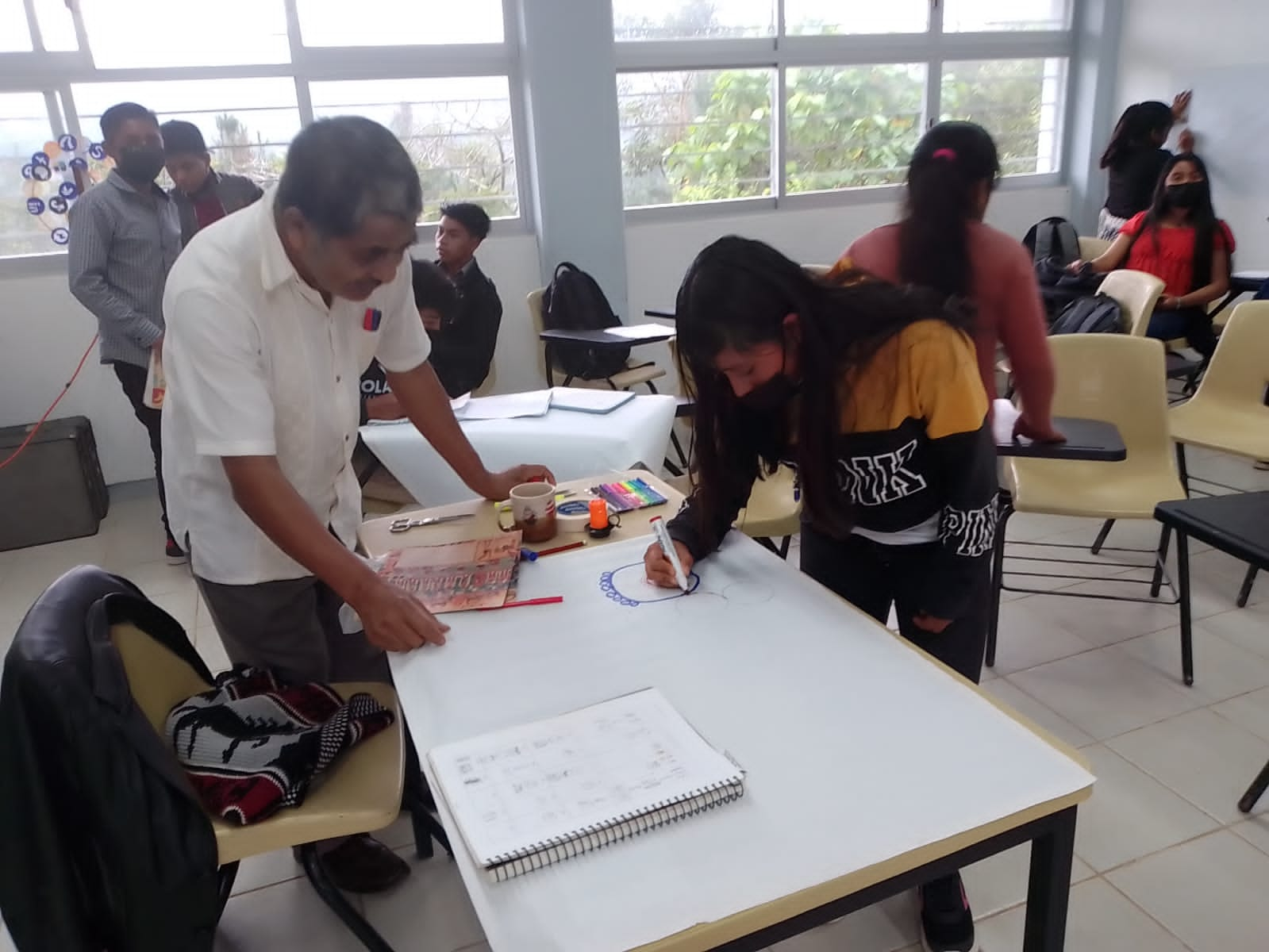
Advice on the development of the workshop
The “Introduction to Contemporary Maya Glyphs” workshop is the continuation of the introductory workshops on reading and writing the Mayan Ts’ib system carried out in previous years, and for this purpose it was carried out with the assistance of 27 Maya students. between 14 and 16 years of age from the first group D of the Colegio de Bachilleres de Chiapas Plantel 105, Abasolo, Ocosingo, Chiapas.
In 2012, I gave the first Conference on Maya history and numbering and the Introductory Workshop on Mayan Epigraphy, COBACH 105, (2014). As the venue for the course for this current workshop we had the support of the Secretary of Campus Academies, the use of the furnished classroom, as well as the participation of the director in the opening act.”Young people take advantage of this introduction of the cultural greatness and ancient knowledge, which the teacher Martín comes to share with us”, he said.
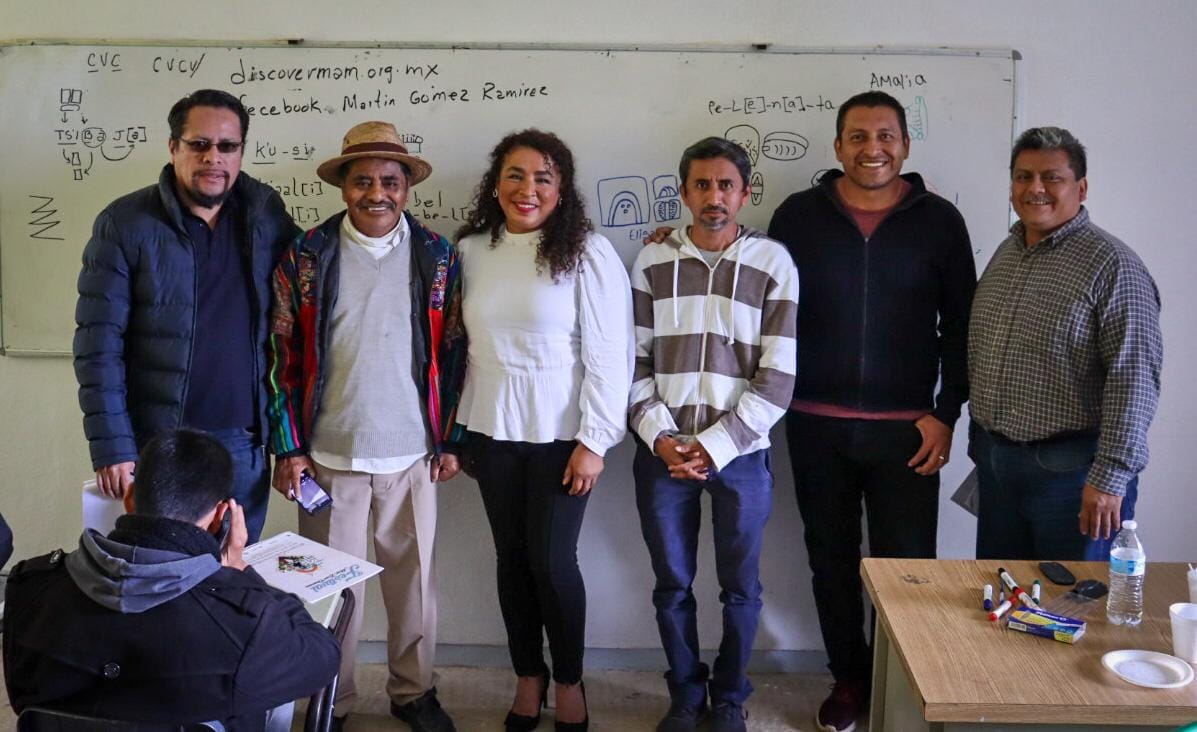
The staff of the College of Bachelors of Chiapas campus 141
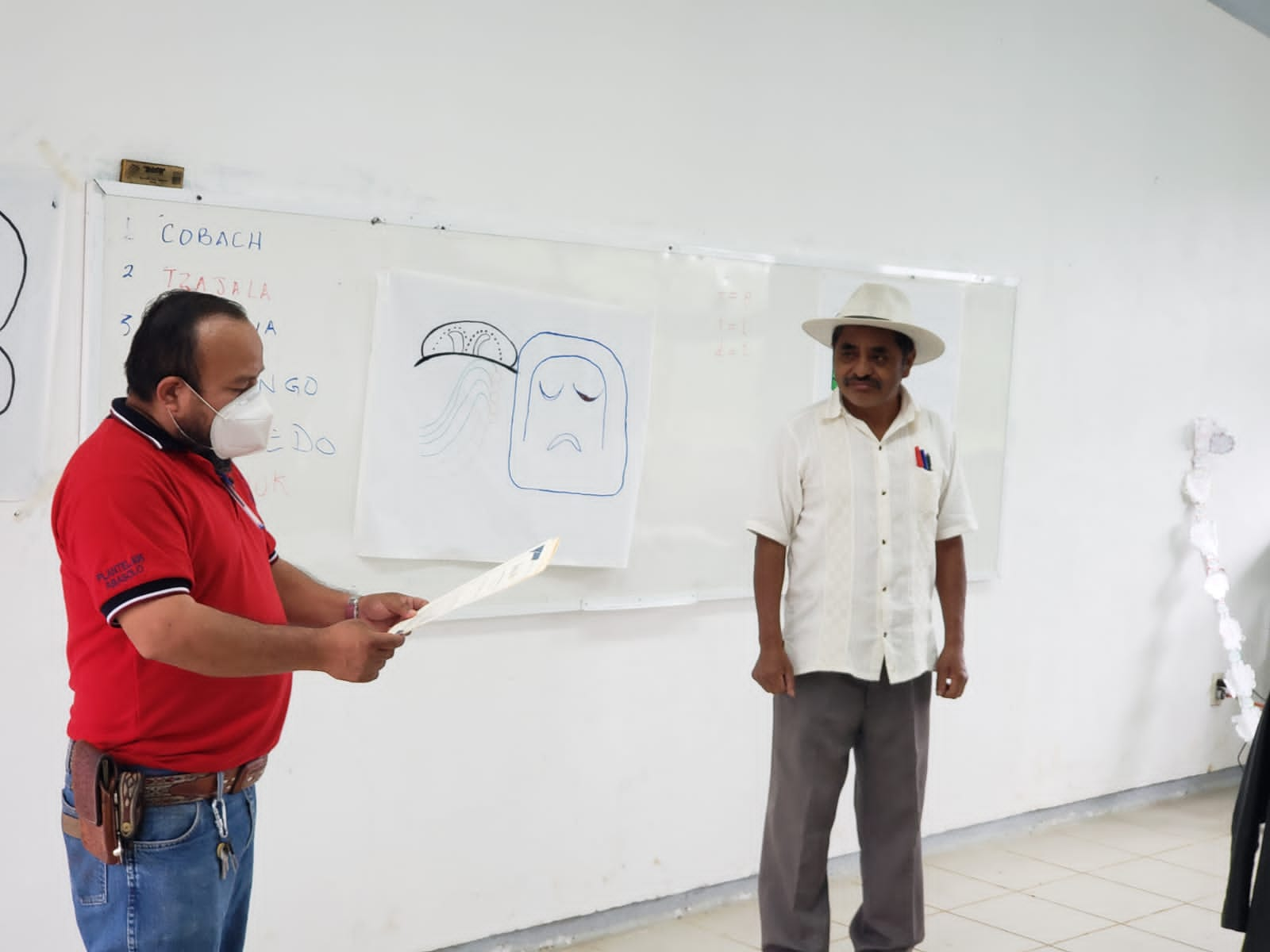
Principal of the campus and the facilitator awarding ceremony
The sessions were shared in three classes on October 24, 25, and 26 of 2022, in sessions of three-hours each. In the first session, we covered an exposition of the historical background of the Ts’ib Maya writing and numeration, the countries where the Mayan linguistic family is located, and the map of the Maya area that shows the main archaeological sites, as well as a documentary video of the Tonina archaeological zone. In the second session, we presented the use of the syllabary, the sounds of the Maya signs or symbols, the presentation of the reading analysis of the Maya glyphs, and the use of the designs by Linda Schele. In addition, we covered phonetic complements, the combination of glyphs, as well as the revelation of the mural paintings the best pictorially achieved in the archaeological zone of Bonampak. In addition to providing a documentary value, the mural painting of Bonampak “is placed in a particularly worthy place within the universal artistic panorama.”

The iconic Bonampak wall painting
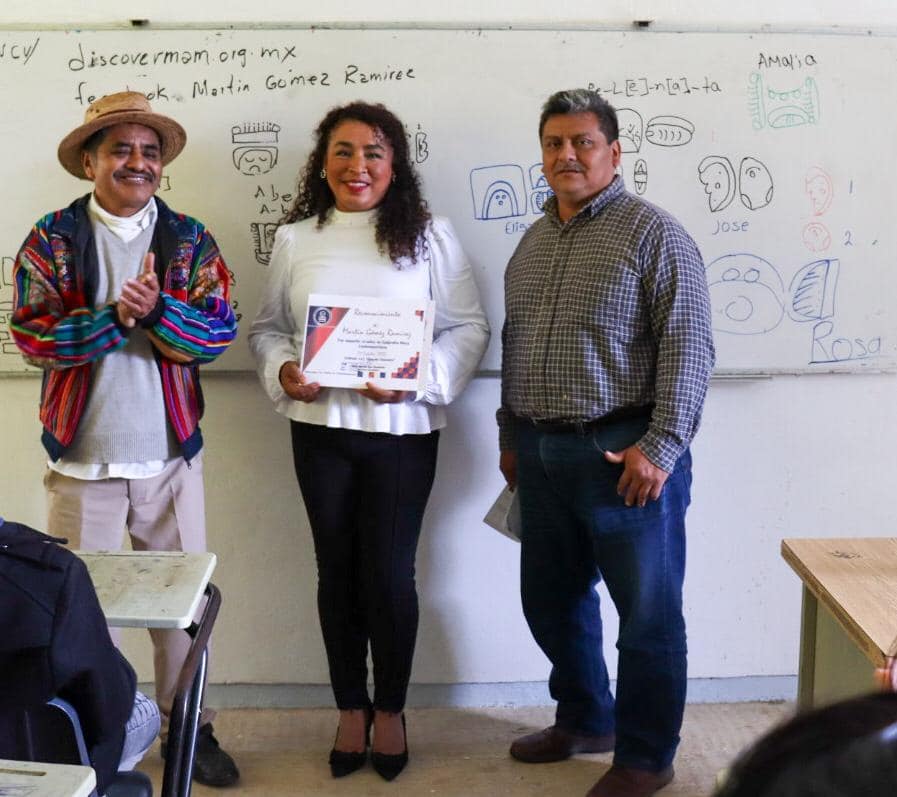
Delivery of recognition of the workshop
On November 15, 2022, An initiative of the Department of Cultural and Sports Activities of the UTSelva, with the purpose of promoting the linguistic diversity of the State, was helped by the multipurpose auditorium equipped link building, I assumed the commitment to carry out the Course-workshop “Let’s Learn Mayan Glyphs” to the university student community with the assistance of 60 university adolescents between 18 and 22 years of age. Of the languages of the attendees, there were 35 Tzeltales, 5 Tzotzils, and 20 Spanish, all interested in knowing the use of the syllabary, the phonetic complementation of a sign to facilitate the reading of the logograms, the combination of a logogram and syllables, and especially the principles of reading/writing, the structure of words and glyphs for the formation, and creation of the blocks and/or cartridges of glyphs in their names, places, logos, emblems, and contemporary famous phrases that identify them. A good example of my authorship was the proposal for the glyph on the broadcast poster alluding to the 25th anniversary of UTSelva.
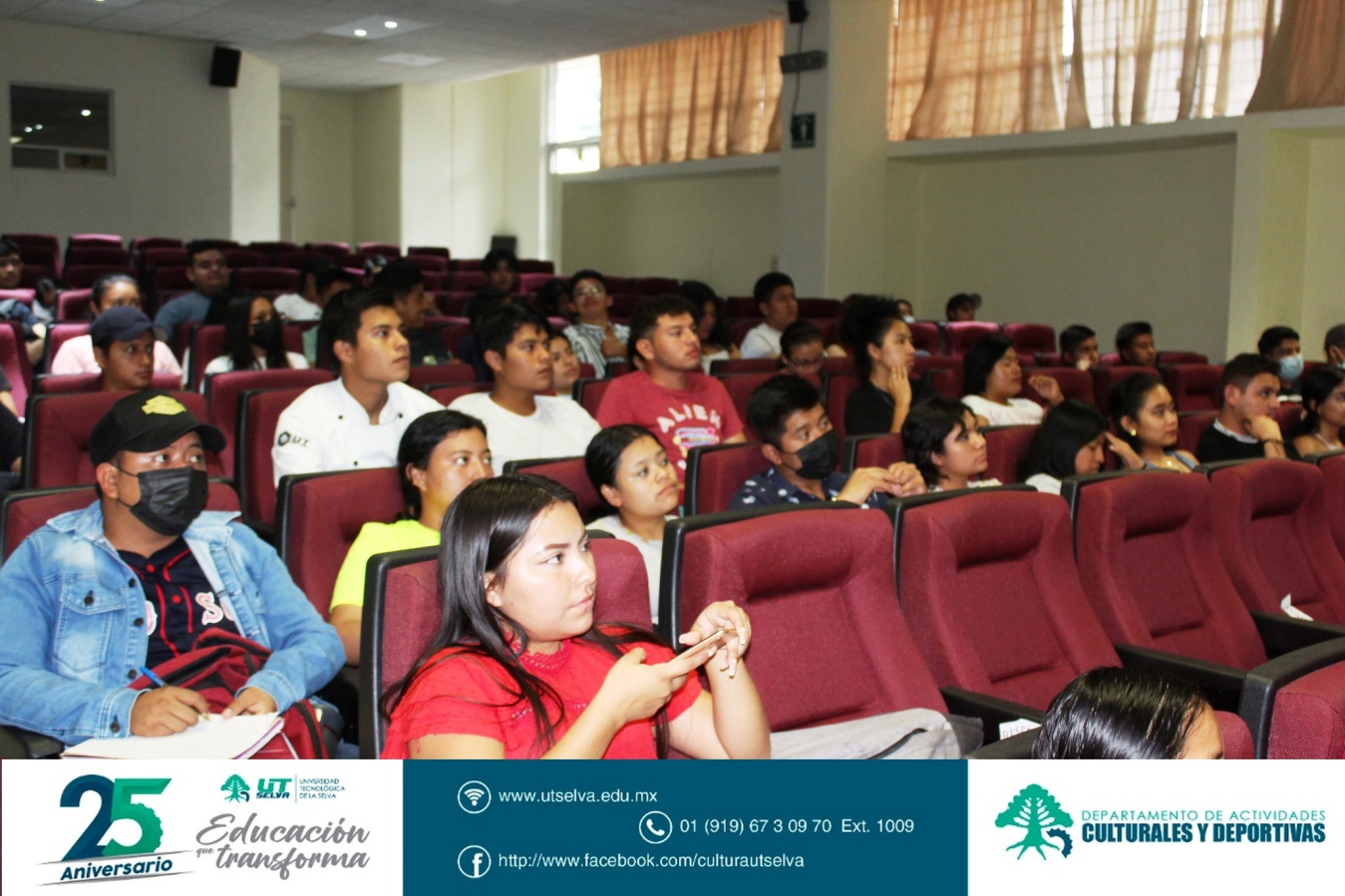
Attentive university students in the workshop exhibition

Presenting at the workshop exhibition in Ocosingo
As I express it in the book, El verdadero significado de Oxchuc en glifos de la cultura maya, it is without a doubt about revealing the intention to recover and reuse the sacred glyphs on a daily basis, at least to record the sacred places, place names, proper names, ceremonies, metaphors, festivities of our towns, or the cartouches of poems in glyphs and thus make the origin of writing sprout; since it is suggested to create, register, write, and engrave in glyphs to give validity and richness of the Ts’ib hieroglyphic writing. It will be like an inexhaustible, endless task to be carried out by ourselves, those of us who have who have committed ourselves to the development of the first International Meeting and the next Fifth Meeting among the Maya. Hopefully the institutions involved, at least their attendance at the conferences and workshops, assume the responsibility of proposing a financing project for short- and medium-term events for Maya hieroglyphic writing in Maya indigenous towns.
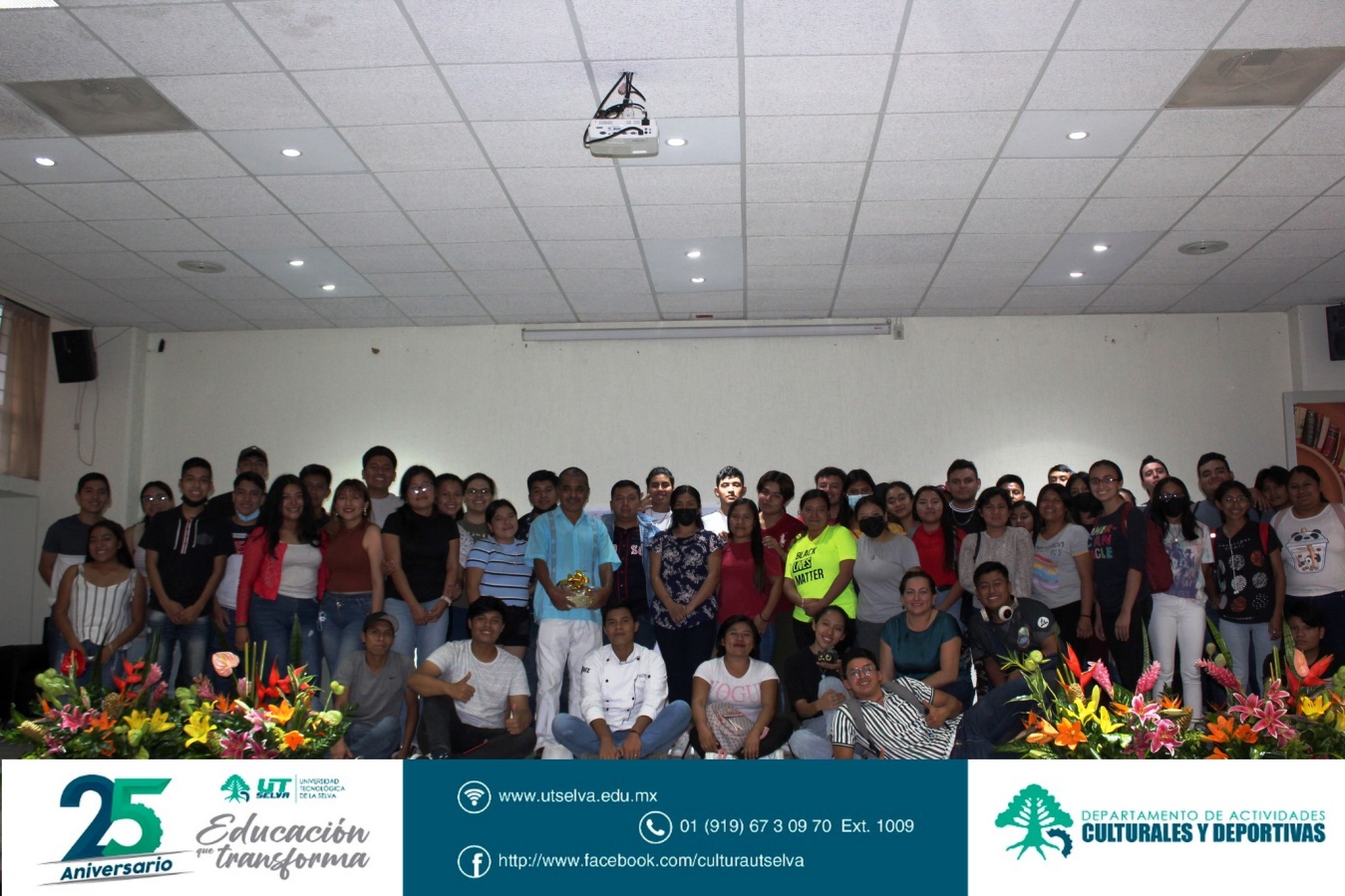
University participation for professional training in glyphs
SHORT TERM COMMITMENTS
The university students of the UTSelva agreed in a short term to carry out a study trip to the ceremonial center of Palenque (Bak-la), Chiapas, if they obtain financing from the municipal council, Ocosingo, Chiapas.
The municipal council of Rincón Chamula San Pedro is interested in holding another workshop at the beginning of January 2023.
From the mountain ranges of the ajaw of the Selva Lacandona, receive my cordial greetings and thanks to MAM and to the entire delegation in Maya solidarity.
– Ajts’ib Martín Gómez Ramírez



